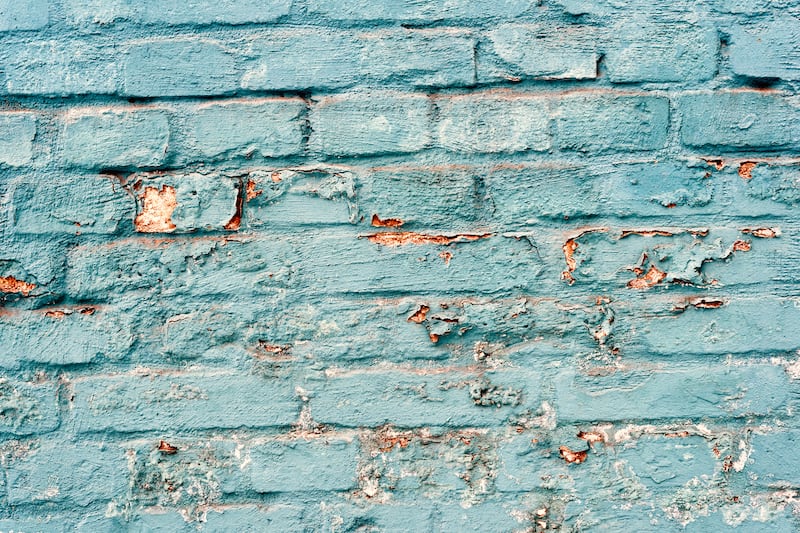There is noise from an unknown source coming into my house all night after 8.30pm. This noise prevents me from sleeping (can be heard through ear plugs, white noise masking) and has had catastrophic effects on my health. This has been going on for the past eight years. I can't live normally. I had thought the noise was coming from a nearby hotel. However, during lockdown the hotel closed, but the noise was still there. The only time I sleep well is when I'm not here at home.
It could be coming from neighbouring properties. I've asked both neighbours but both seem to me to be very defensive about it, and I don't know what to think.
There seems to be a general ignorance on the issue of noise in building regulations. I would urge that local authorities or other relevant bodies would be required to have personnel available to visit homes after 9.30pm to identify the offending noises and their sources. I, for one, can provide real-life knowledge of the horrific effects of environmental sleep deprivation.

It’s now 12.40am and I’m facing into another night of no sleep with this horrible noise.
Andrew Ramsey, chartered surveyor, replies:
The requirement for noise protection is recognised local authorities. The building regulations, which relate to the built environment, stipulate the standard to which new buildings and extensions are designed and constructed. The regulations are broken into a number of documents, with a specific document relating to noise – technical guidance document “E”: Sound.
It specifies that “each wall and floor separating a dwelling from: (a) another dwelling or dwellings; (b) other parts of the same building; (c) adjoining buildings; shall be designed and constructed in such a way so as to provide reasonable resistance to sound”. The requirement for compliance with regulations came into effect in the early 1990s, with two subsequent revisions to the guidance document (2005 and 2014).
Separate to the building regulations, each local authority will have a specific process for noise pollution complaints. Additional information relating to this is available directly from the council.
From experience with noise disturbance, the first requirement is to determine the location of the transmission. The services of a sound engineer are required to complete a number of readings within your home to confirm the direction of transmission and the signal/frequency. Sound readings are normally completed over a period by the sound engineer. The completion of the readings will also confirm if the noise is intermittent or if the noise transmission is ongoing but only becomes apparent “after hour” when external ambient noise has reduced.
The human ear can pick up different sound levels/frequencies and each one of us has a different threshold for noise or noise detection.
In a recent noise pollution complaint where we were appointed as an independent third party, a series of “Fast Fourier Transform (FFT) measurement” tests were carried out to identify the location and frequency of sound. The testing identified a specific tonal noise was occurring at 800Hz coming from an adjacent office block, which was only audible to one occupant. The noise was audible even when passive noise-cancelling ear plugs were utilised.
To combat the situation two approaches were taken; additional noise reduction techniques were employed by the office block owners, while the occupant of the house agreed to use active noise-cancelling (ANC) headphones.
Andrew Ramsey is a chartered building and project management surveyor and member of the Society of Chartered Surveyors Ireland (SCSI), scsi.ie














